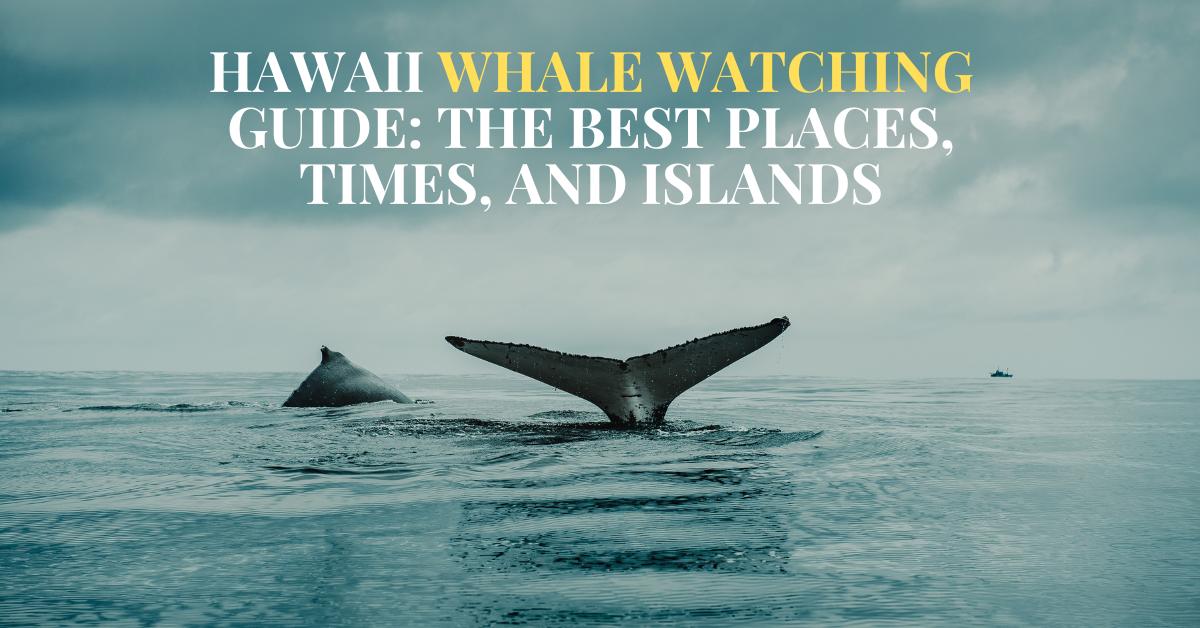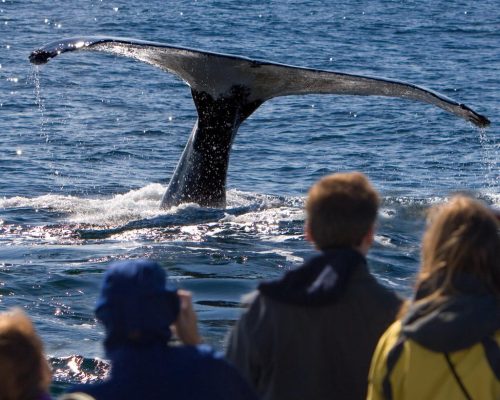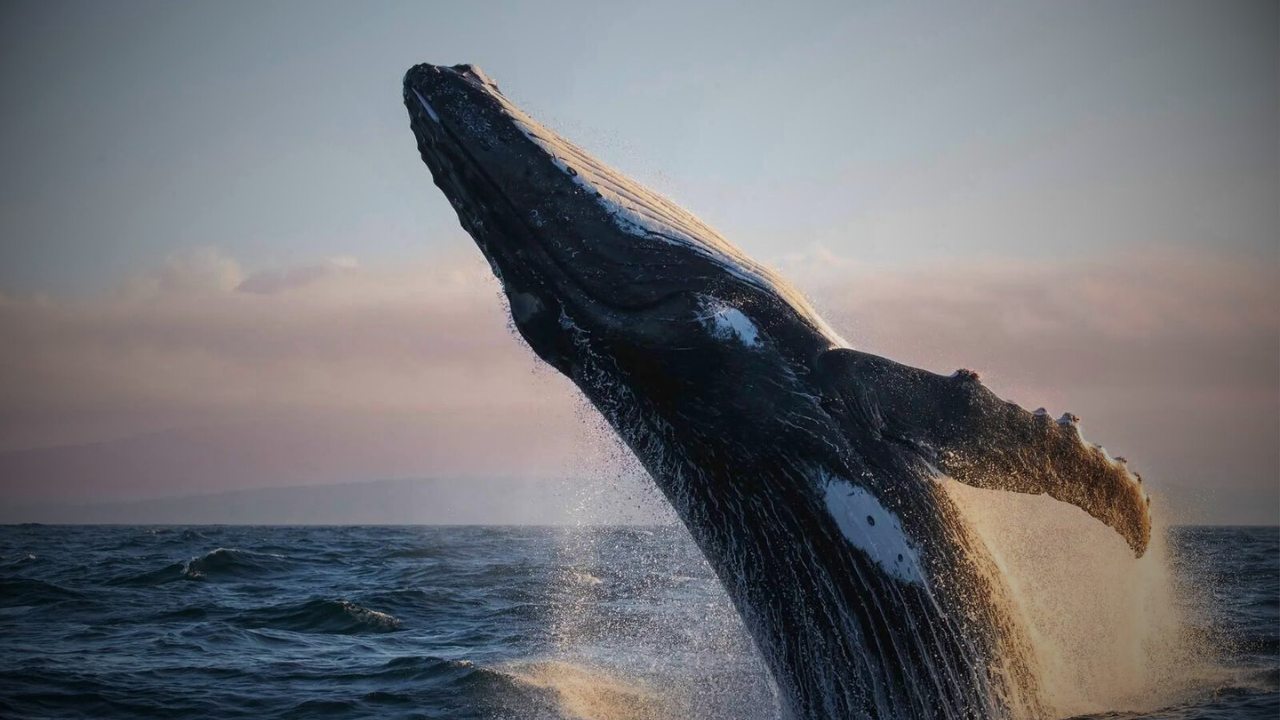
Whale watch in Hawaii is a lover’s paradise. Every year, thousands of humpback whales migrate to the warm, protected waters of the Hawaiian Islands, creating an awe-inspiring spectacle for visitors. Whether you’re a seasoned wildlife enthusiast or just looking to tick an unforgettable experience off your bucket list, whale watching in Hawaii is an adventure not to be missed. Here’s your ultimate guide to the best places, times, and islands for whale watching in Hawaii.
When Can You See Whales in Hawaii?
The whale watching season in Hawaii officially runs from mid-December to mid-May, with peak sightings occurring between January and March. During these months, you’ll find the waters teeming with North Pacific humpback whales that have traveled over 3,000 miles from Alaska to breed, give birth, and nurse their young. While sightings can start as early as October or November, the peak season guarantees more frequent and dramatic encounters.
If you’re wondering about the best time of day to go whale watching, rest assured that whales can be spotted at any hour. However, early morning tours often offer calmer seas and better visibility, while the midday sun can highlight the majestic breaching and splashing of these gentle giants.

Best Place to Whale Watch in Hawaii
While whales can often be spotted from shore, taking a whale watching tour offers the best chance to observe their captivating behaviors up close. Maui’s tours are particularly renowned, with operators offering excursions ranging from intimate rafting adventures to luxurious catamaran cruises. Some top-rated options include:
Ultimate Whale Watch: Known for its smaller, nimble rafts, this tour gets you closer to the action while ensuring safety for the whales.
Sail Maui: This relaxed catamaran tour combines whale watching with breathtaking views and a touch of luxury.
On Oahu, try tours departing from Waikiki, or for a more secluded experience, book a charter on the Big Island or Kauai.
Best Hawaiian Island for Whale Watching
The best Hawaiian island for whale watching is undoubtedly Maui. Here’s why:
Maui: The Whale Watching Capital
Maui’s Au’au Channel, located between Maui, Lanai, and Molokai, is a shallow, warm body of water that attracts the highest concentration of humpback whales in the Hawaiian Islands. In fact, the Great Whale Count recorded almost 600 whales off Maui’s coast in February 2023. Famous spots for whale watching in Maui include:
- West Maui Coastline: Lahaina, Kaanapali, and Kapalua offer excellent opportunities for whale watching from both shore and boat tours.
- South Maui: Wailea, Kihei, and Maalaea are known for their calm waters and frequent sightings.
- Olowalu Reef: A nursery for mother whales and their calves, this reef system provides unique opportunities to witness nurturing behaviors up close.
Other Islands for Whale Watching
If your travels don’t include Maui, don’t worry. Each Hawaiian Island has its own unique whale watching opportunities:
- Oahu: Watch humpbacks from the North Shore, Turtle Bay, or the Halona Blowhole. Boat tours departing from Honolulu and Waikiki offer closer encounters.
- Big Island: Whale sightings are common along the Kohala Coast, Hilo Bay, and Puukohola Heiau National Historic Site.
- Kauai: Visit Makahuena Point, the Kilauea Lighthouse, or Kapaa Lookout for stunning whale-watching vistas.
- Lanai: This quieter island provides serene, less crowded opportunities for spotting whales from Pu’upehe (Sweetheart Rock).
What Makes Hawaii’s Whale Watching Unique?
Behaviors to Watch For:
Humpback whales are renowned for their mesmerizing songs and impressive acrobatic performances. Here are some behaviors you might witness:
Breaching: Whales leaping out of the water is a spectacular sight.
Spy Hopping: Whales peek their heads above the surface to observe their surroundings.
Tail and Pec Slapping: Powerful slaps of their tail flukes or pectoral fins create dramatic splashes.
Mugging: Curious whales approach boats, providing unforgettable close encounters.
Whale Songs: Male whales sing hauntingly beautiful songs, heard during snorkeling or on hydrophone-equipped tours.
Fun Facts About Humpback Whales
- Adult humpbacks can grow up to 45 feet long and weigh as much as 40 tons.
- Baby whales, called calves, are born at 10-15 feet long and gain about 8 pounds per hour from their mother’s rich milk.
- Hawaii’s humpbacks migrate approximately 7,000 miles round-trip each year.
- In 1997, the Hawaiian Islands Humpback Whale National Marine Sanctuary was established to protect these majestic creatures and their habitats.
Tips for Whale Watching in Hawaii
- Choose the Right Season: Visit between mid-December and April for the best chances of seeing whales.
- Reserve in advance: Tours tend to book up fast, particularly during peak season.
- Pack Essentials: Bring sunscreen, a hat, polarized sunglasses, and a camera with a zoom lens.
Conclusion
Hawaii’s whale watching season is a magical time that offers unparalleled opportunities to connect with nature and witness the majesty of humpback whales. Whether you’re exploring the shores of Maui, Oahu, Kauai, or the Big Island, you’re in for an unforgettable experience. So pack your binoculars, book a tour, and prepare to be awed by these gentle giants of the sea.
For more maps, resources, and tour information, visit the Hawaiian Islands Humpback Whale National Marine Sanctuary. Also contact mauiadventuretourskayakco for whale watch bookings.
whale watch in hawaii
whale watch in hawaii
whale watch in hawaii
whale watch in hawaii
whale watch in hawaii
whale watch in hawaii
whale watch in hawaii
whale watch in hawaii
whale watch in hawaii
whale watch in hawaii
whale watch in hawaii
whale watch in hawaii









